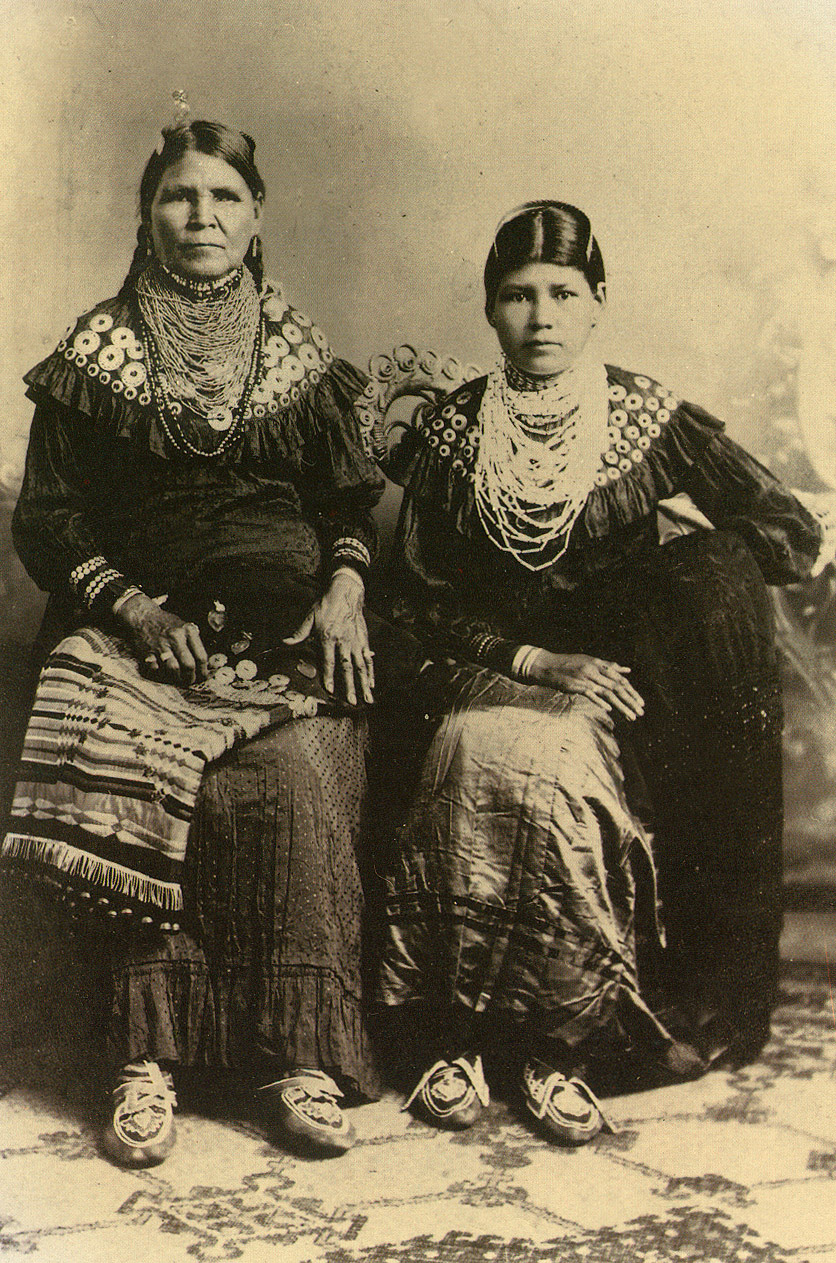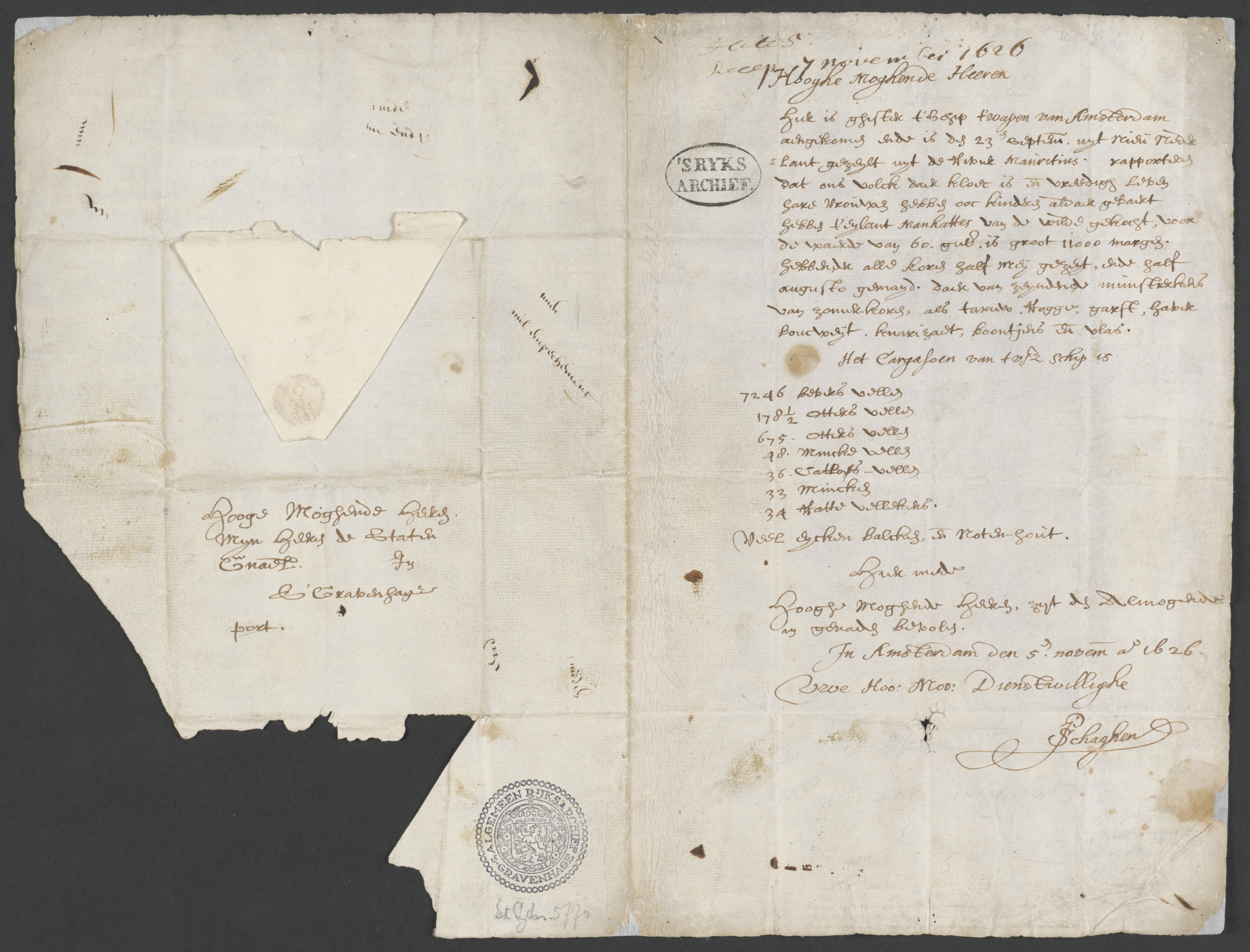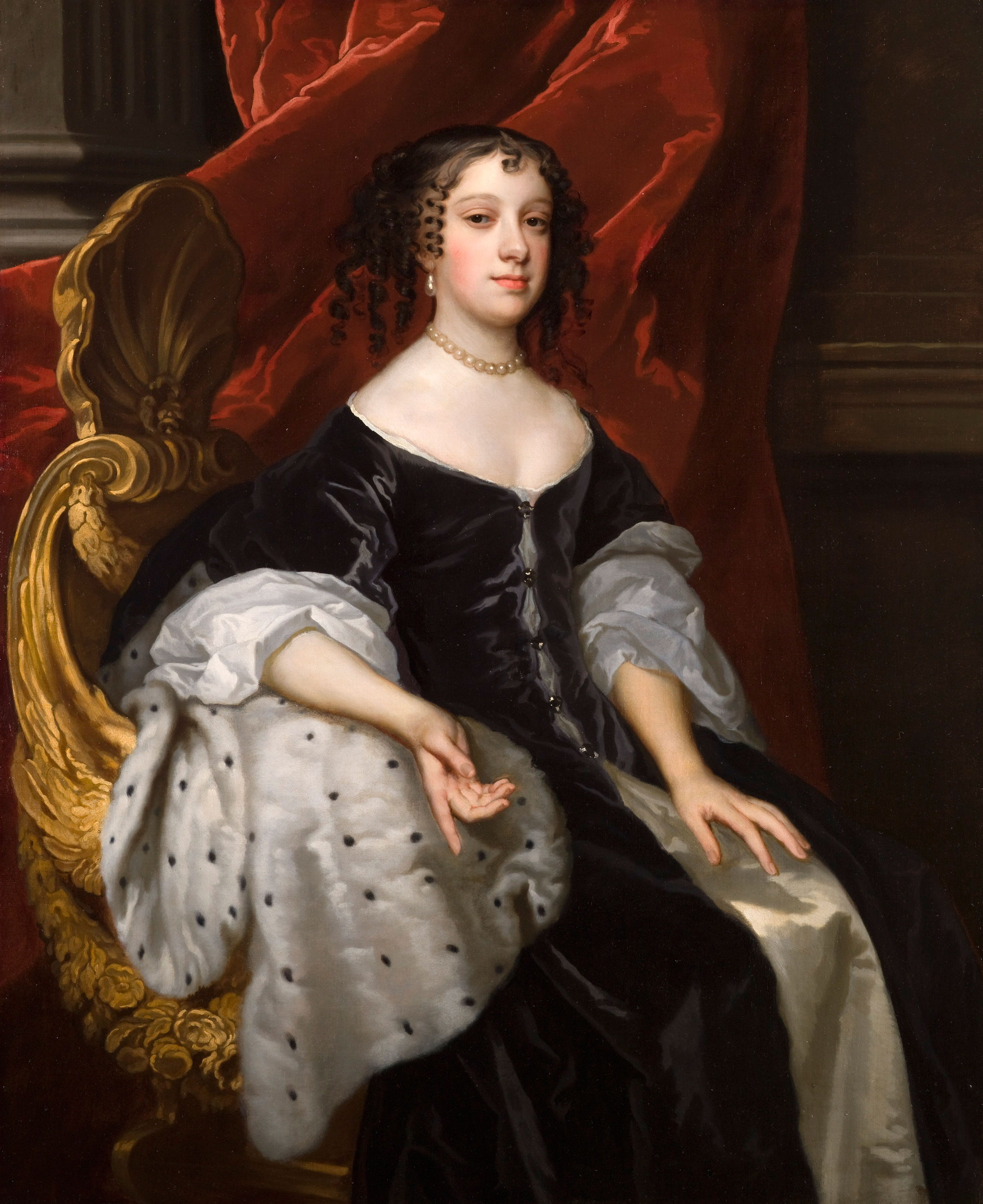|
Metoac
Metoac is an erroneous term used by some to group together the Munsee-speaking Lenape (west), Quiripi-speaking Unquachog (center) and Pequot-speaking Montaukett (east) American Indians on what is now Long Island in New York state. The term was invented by amateur anthropologist and U.S. Congressman Silas Wood in the mistaken belief that the various native settlements on the island each comprised distinct tribes.Strong, John A. ''Algonquian Peoples of Long Island'', Heart of the Lakes Publishing (March 1997). Instead, Indian peoples on Long Island at the time of European contact came from only two major language and cultural groups of the many Algonquian peoples who occupied Atlantic coastal areas from present-day Canada through the American South. The bands on Long Island in the west were part of the Lenape. Those to the east were culturally and linguistically connected to tribes of New England across Long Island Sound, such as the Pequot. Wood (and earlier colonial set ... [...More Info...] [...Related Items...] OR: [Wikipedia] [Google] [Baidu] |
Shinnecock Indian Nation
The Shinnecock Indian Nation is a federally recognized tribe of historically Algonquian peoples, Algonquian-speaking Native Americans in the United States, Native Americans based at the eastern end of Long Island, New York. This tribe is headquartered in Suffolk County, New York, Suffolk County, on the southeastern shore. Since the mid-19th century, the tribe's landbase is the Shinnecock Reservation within the geographic boundaries of the Town of Southampton (town), New York, Southampton. Their name roughly translates into English as "people of the stony shore". History The Shinnecock were among the thirteen Long Island Indian tribes, thirteen Indian bands loosely based on kinship on Long Island, which were named by their geographic locations, but the people were highly decentralized. The most common pattern of indigenous life on Long Island prior to their economic and cultural destruction - and, on occasion, actual enslavement - by the Europeans was the autonomous village li ... [...More Info...] [...Related Items...] OR: [Wikipedia] [Google] [Baidu] |
Quiripi Language
Quiripi (pronounced , also known as Mattabesic, Quiripi-Unquachog, Quiripi-Naugatuck, and Wampano) was an Algonquian language formerly spoken by the indigenous people of southwestern Connecticut and central Long Island,Rudes (1997:1)Goddard (1978:72) including the Quinnipiac, Unquachog, Mattabessett (Wangunk), Podunk, Tunxis, and Paugussett (subgroups Naugatuck, Potatuck, Weantinock). It has been effectively extinct since the end of the 19th century, although Frank T. Siebert, Jr., was able to record a few Unquachog words from an elderly woman in 1932.Rudes (1997:5) Affiliation and dialects Quiripi is considered to have been a member of the Eastern Algonquian branch of the Algonquian language family. It shared a number of linguistic features with the other Algonquian languages of southern New England, such as Massachusett and Mohegan-Pequot, including the shifting of Proto-Eastern Algonquian * and * to and , respectively, and the palatalization of earlier * before ... [...More Info...] [...Related Items...] OR: [Wikipedia] [Google] [Baidu] |
Montaukett
The Montaukett (" Metoac"), more commonly known as Montauk, are an Algonquian-speaking Native American people from the eastern and central sections of Long Island, New York, United States. Name The exact meaning of the name Montauk is unknown, although it derives from a place name in the Mohegan-Montauk-Narragansett language; it roughly translates to "the fort country." The Montaukett (" Metoac" or Matouwac) were Native Americans on Long Island. Their bands were often referred to in colonial writings by the place name of their geographic territories, such as the Montauk and the Shinnecock peoples, which may or may not have been the same as their name for themselves. European colonists tended to mistakenly assume that the different bands they encountered were different tribes, even in cases where the bands clearly shared the same culture and language. Anthropology Language The Montaukett are an Algonquian-speaking Native American people from the eastern and centra ... [...More Info...] [...Related Items...] OR: [Wikipedia] [Google] [Baidu] |
Lenape Languages
The Lenape (, , ; ), also called the Lenni Lenape and Delaware people, are an Indigenous peoples of the Northeastern Woodlands, Indigenous people of the Northeastern Woodlands, who live in the United States and Canada. The Lenape's historical territory included present-day northeastern Delaware, all of New Jersey, the eastern Pennsylvania regions of the Lehigh Valley and Northeastern Pennsylvania, and New York Bay, western Long Island, and the lower Hudson Valley in New York (state), New York state. Today communities are based in Oklahoma, Wisconsin, and Ontario. During the last decades of the 18th century, European settlers and the effects of the American Revolutionary War displaced most Lenape from their homelands and pushed them north and west. In the 1860s, under the Indian removal policy, the Federal government of the United States, U.S. federal government relocated most Lenape remaining in the Eastern United States to the Indian Territory and surrounding regions. The la ... [...More Info...] [...Related Items...] OR: [Wikipedia] [Google] [Baidu] |
New Amsterdam
New Amsterdam (, ) was a 17th-century Dutch Empire, Dutch settlement established at the southern tip of Manhattan Island that served as the seat of the colonial government in New Netherland. The initial trading ''Factory (trading post), factory'' gave rise to the settlement around Fort Amsterdam. The fort was situated on the strategic southern tip of the island of Manhattan and was meant to defend the fur trade operations of the Dutch West India Company in the North River (Hudson River). In 1624, it became a provincial extension of the Dutch Republic and was designated as the capital of the province in 1625. New Amsterdam became a city when it received Town privileges, municipal rights on February 2, 1653. By 1655, the population of New Netherland had grown to 9000 Dutch people, with 1,500 living in New Amsterdam. By 1664, the population of New Netherland had risen to almost 9,000 people, 2,500 of whom lived in New Amsterdam, 1,000 lived near Fort Orange (New Netherland), F ... [...More Info...] [...Related Items...] OR: [Wikipedia] [Google] [Baidu] |
Algonquian Peoples
The Algonquians are one of the most populous and widespread North American indigenous peoples of the Americas, indigenous American groups, consisting of the peoples who speak Algonquian languages. They historically were prominent along the East Coast of the United States, Atlantic Coast and in the interior regions along St. Lawrence River and around the Great Lakes. Before contact with Europeans, most Algonquian settlements lived by hunting and fishing, with many of them supplementing their diet by cultivating maize, corn, beans and Cucurbita, squash (the "Three Sisters (agriculture), Three Sisters"). The Ojibwe cultivated wild rice. Colonial period At the time of European arrival in North America, Algonquian peoples resided in present-day Canada east of the Rocky Mountains, New England, New Jersey, southeastern New York (state), New York, Delaware, and down the East Coast of the United States, Atlantic Coast to the Upper South, and around the Great Lakes in present-day Illino ... [...More Info...] [...Related Items...] OR: [Wikipedia] [Google] [Baidu] |
Queens, New York
Queens is the largest by area of the Boroughs of New York City, five boroughs of New York City, coextensive with Queens County, in the U.S. state of New York (state), New York. Located near the western end of Long Island, it is bordered by the borough of Brooklyn and by Nassau County, New York, Nassau County to its east, and shares maritime borders with the boroughs of Manhattan, the Bronx, and Staten Island, as well as with New Jersey. Queens is one of the most linguistics, linguistically and ethnically diverse places in the world. With a population of 2,405,464 as of the 2020 United States census, 2020 census, Queens is the second-most populous county in New York state, behind Kings County (Brooklyn), and is therefore also the second-most populous of the five New York City boroughs. If Queens were its own city, it would be the List of United States cities by population, fourth most-populous in the U.S. after the rest of New York City, Los Angeles, and Chicago. Queens is the fo ... [...More Info...] [...Related Items...] OR: [Wikipedia] [Google] [Baidu] |
Brooklyn
Brooklyn is a Boroughs of New York City, borough of New York City located at the westernmost end of Long Island in the New York (state), State of New York. Formerly an independent city, the borough is coextensive with Kings County, one of twelve original counties established under English rule in 1683 in what was then the Province of New York. As of the 2020 United States census, the population stood at 2,736,074, making it the most populous of the five boroughs of New York City, and the most populous Administrative divisions of New York (state)#County, county in the state.Table 2: Population, Land Area, and Population Density by County, New York State - 2020 New York State Department of Health. Accessed January 2, 2024. [...More Info...] [...Related Items...] OR: [Wikipedia] [Google] [Baidu] |
Eurasia
Eurasia ( , ) is a continental area on Earth, comprising all of Europe and Asia. According to some geographers, Physical geography, physiographically, Eurasia is a single supercontinent. The concept of Europe and Asia as distinct continents dates back to classical antiquity, antiquity, but their borders have historically been subject to change. For example, the ancient Greeks originally included Africa in Asia but classified Europe as separate land. Eurasia is connected to Africa at the Suez Canal, and the two are sometimes combined to describe the largest contiguous landmass on Earth, Afro-Eurasia. History Eurasia has been the host of many ancient civilizations, including those based in Mesopotamia, Egypt, the Indus Valley and China. In the Axial Age (mid-first millennium BCE), a continuous belt of civilizations stretched through the Eurasian Subtropics, subtropical zone from the Atlantic to the Pacific. This belt became the mainstream of world history for two millennia. ... [...More Info...] [...Related Items...] OR: [Wikipedia] [Google] [Baidu] |
Pequot War
The Pequot War was an armed conflict that took place in 1636 and ended in 1638 in New England, between the Pequot nation and an alliance of the colonists from the Massachusetts Bay, Plymouth, and Saybrook colonies and their allies from the Narragansett and Mohegan nations. The war concluded with the decisive defeat of the Pequot. In an event called the Mystic massacre, English colonists of the Connecticut Colony and their allies set the village of Pequot Fort ablaze, blocked the exits, and shot anyone trying to escape. At the end, about 700 Pequots had been killed or taken into captivity. Hundreds of prisoners were sold into slavery to colonists in Bermuda or the West Indies; other survivors were dispersed as captives to the victorious nation. The Treaty of Hartford (1638), Treaty of Hartford of 1638 sought to eradicate the Pequots, Pequot cultural identity by prohibiting the Pequots from returning to their lands, speaking their tribal language, or referring to themselves ... [...More Info...] [...Related Items...] OR: [Wikipedia] [Google] [Baidu] |








